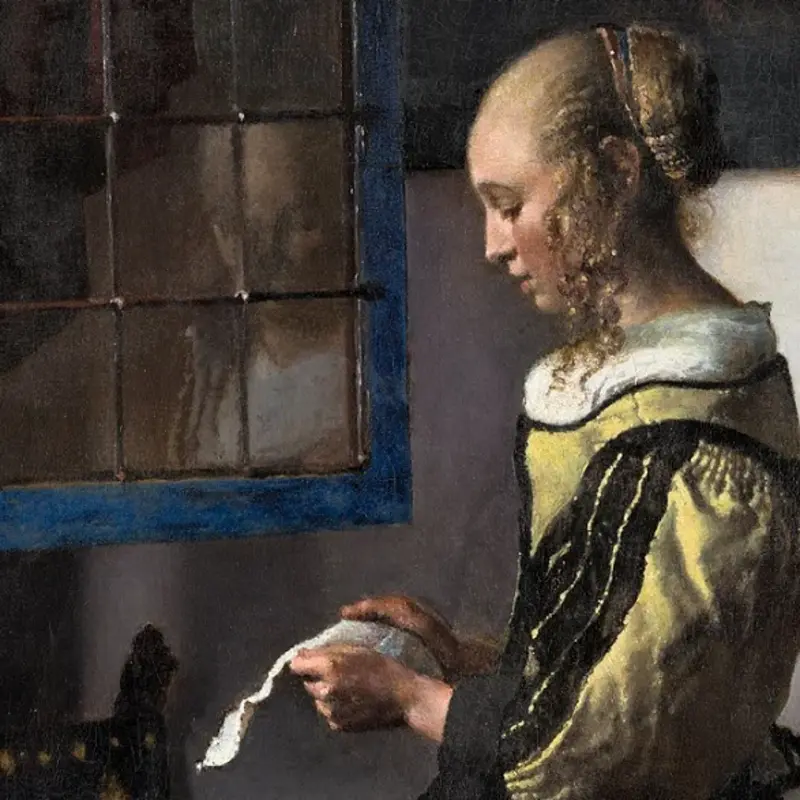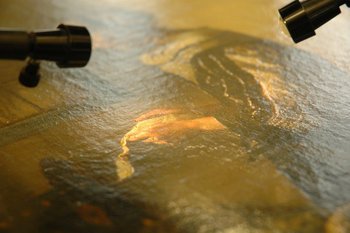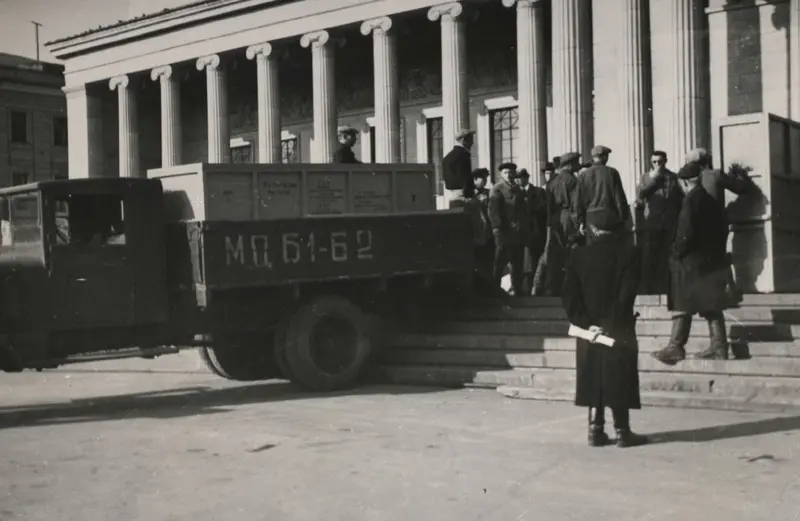The acquisition and rediscovery of the painting in Dresden
After the Saxon Secretary of Legation, Samuel de Brais, had successfully arranged the purchase of 30 paintings from the private collection of the Prince of Carignan in Paris, he was given the “Girl Reading a Letter” as an extra gift “outside the business deal”, as he mentioned in a letter. At that time, the painting was regarded as a “Rembrandt”, which shows that the exceptional quality of this work was certainly appreciated. The artist Johannes Vermeer, on the other hand, had by that time been completely forgotten outside Holland.






